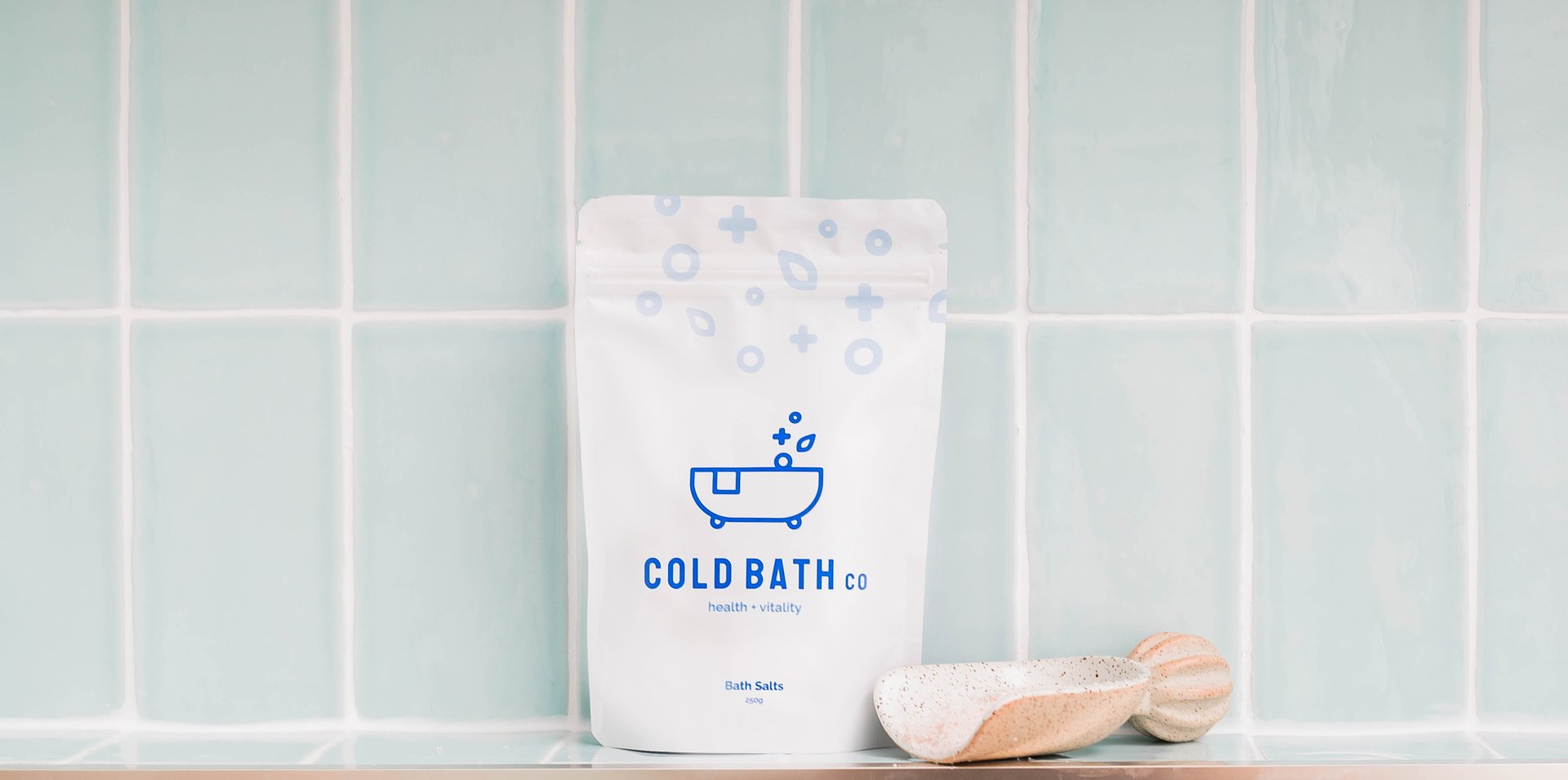The history of bath salts and why this ancient tradition is still engrained in our modern lives.
History shows bath salts were frequently used for their healing properties and were common in medicines.
As far back as 6050 BC, salt has been an important and integral part of the world's history, as it has been interwoven into countless civilizations.
According to Chinese records, salts have been used in baths medicinally to aid healing and restoration of the body dating back to 2700 BC. Nomads were known to carry salt, and salts also appeared in Egyptian art from as long ago as 1450 B.C. They were also used as a part of Egyptian religious offerings and valuable trade between the Phoenicians and their Mediterranean empire. The main component in today's bath salts, magnesium chloride, is the same as what the ancient Romans and other civilizations used. This mineral is what gives bath salts the power to soothe tired, aching muscles and revive your overall well-being.
Salt has been an essential part of trade and commerce for centuries and was most often used by the early cultures of Asia and Europe. In some areas of the world, salts were used as currency for purchasing slaves and paying soldiers. Salt was highly valued, and in ancient times they legally restricted its production, so it was historically used as a method of trade and currency. While records show the importance of salt in commerce in medieval times and earlier, in some places like the Sahara and Nepal, salt trading today gives a glimpse of what life may have been like centuries ago.
History shows bath salts were frequently used for their healing properties and were common in medicines and home remedies for curing various conditions, including skin diseases, arthritis, and sore muscles. Salt was often combined with water to create a brine people would soak in, much like the bath salt soaks people enjoy today. Salt was also made into topical ointments meant to treat everything from acne to fine lines and wrinkles.
The popularity and healing benefits of salt significantly affected the establishment of communal bathhouses. People would often visit the public baths to relax, rejuvenate their bodies, mingle with locals for personal conversations, and discuss business. These relaxing bathhouses became so popular luxury resorts later began opening throughout Asia, focused on the therapeutic properties of bath salts used in water. People enjoyed bath salt treatments to reduce muscle tension, melt away stress, and detoxify the body. Bath salts were also touted as a method to improve blood circulation, enhance weight loss, and even treat cramping and associated symptoms of menstruation and menopause.
Himalayan pink salt is one of two primary ingredients of our unique bath formulation. The beautiful, varied pink colouring of Himalayan Pink Salt is due to the wide variety of trace minerals in this salt, giving it the signature light to dark pink colour. These pink and white crystals go back 200-300 million years when they were dissolved in the water of ancient oceans. These oceans dried up over time and left behind this rock salt as deposits. The Salt Range begins in the foothills of the Himalayan Mountains in Northeast Pakistan and stretches across approximately 186 miles from the Jhelum River to the Indus River, specifically Khewra Salt Mines in Pakistan. Over time this salt has retained its natural purity, thanks to the mountainous region which sealed them from chemicals and pollutants, making it one of the purest salt types on the planet.
A Himalayan pink salt bath is widely believed to be rich in trace minerals. The minerals most commonly found in the Himalayan salt rocks are potassium, iron, calcium, and magnesium. Some advocates believe there are over 80 minerals in the Himalayan Salt, making it one of the purest salt types on the planet.
Epsom salt is also one of the primary ingredients of the Cold Bath Co bath formulation. Epsom salts, also known as epsomite, get their name from the English town of Epsom. It is a bitter tasting, naturally occurring magnesium and sulphate mineral compound. It was discovered bubbling from an underground spring by cowherd Henry Wicker in the early 1600s. Wicker's cows refused to drink the water, but after wading through it, he observed their wounds seemed to heal faster. Many in England began to travel to Epsom to experience numerous health benefits, particularly the relief from the painful symptoms of gout and the natural purging effects of the water. With so many visitors visiting the town for this purpose, in the mid to late 1600s, it became known as a spa town. Word continued to spread, beginning a centuries long fascination with Epsom salt and the greater understanding of its many benefits.

